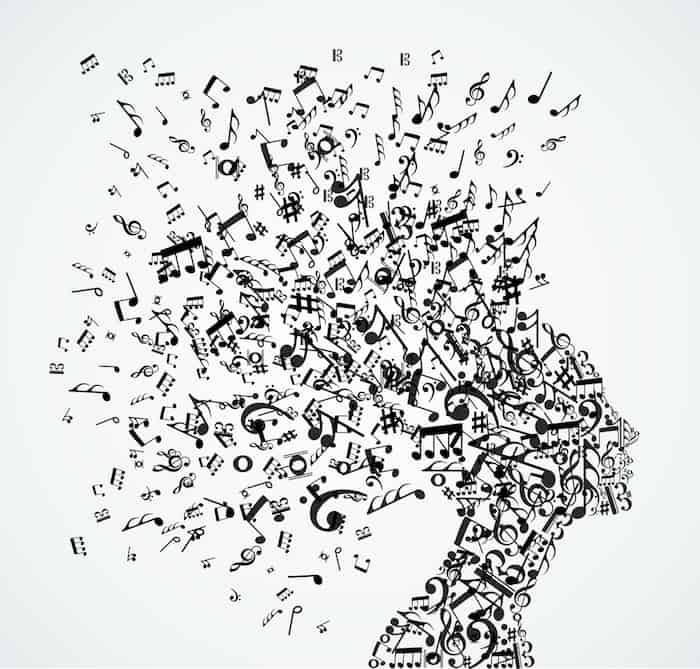
By Dan Cohen, founder of Right to Music
What does music have to do with the business of healthcare? Plenty, if you are looking to improve patient/resident psychosocial response to services and their satisfaction. While the need for additional research remains, we should not ignore the large and growing body of evidence confirming that more varied applications of music across thousands of healthcare settings improves both quality of life and quality of care.
Let’s think about it like this. We all know that medications have side effects, resulting in too many compromises to the health and quality of life for millions of Americans – not to mention driving up healthcare costs. If there were medicines that didn’t generate side effects, but instead had a positive impact on conditions such as delirium, anxiety, lack of appetite, depression, Huntington’s disease, Parkinson’s, dementia, mental health, aggression, falls and pain, what healthcare professional wouldn’t explore its use? What we are learning with the widespread use of the right music at the right time, is that this non-pharmacological approach can just be that “magic pill.”
Music is Medicine
Let’s take a closer look at the effect of music on residents in nursing homes and assisted living communities. When residents have access to their favorite music, it serves as a pleasant distraction and helps with feelings of isolation. Thousands of nursing homes across the US keep their residents connected with their favorite music, resulting in better moods and feeling more connected with themselves and their surroundings.
With varied avenues to deliver music (from smart speakers such as Alexa, to MP3 players, to streaming), healthcare providers can determine what works best in their specific environment, put it to use with their residents and watch the benefits flow not only to those they serve, but also to staff and management as organization-wide morale improves and care delivery flows more to the soundtrack of music.
Music Outranks TV
Here’s an interesting example, there was a recent survey of 277 Philadephia-area nursing home residents, who gave this as their Top 5, when asked to rank their most important preferences:
1. Regular contact with family
2. Choice of food
3. Tie: Listening to their favorite music/regular contact with friends
4. TV
5. Privacy
Keeping connected to favorite music ranked higher than TV, even privacy, both of which every nursing home resident has access to. It’s important for healthcare providers to prioritize music as a solution to improve residents’ overall well-being and remain responsive to their preferences, especially now with COVID numbers continuing to drop for seniors, and knowing that music can help reduce depression and anxiety, let’s help them and all healthcare recipients (and providers!) continue to heal, making sure they have access to their favorite music.
Music Proves Beneficial in Multiple Healthcare Settings
Personalized in the right way, active music engagement strategies allow patients and/or nursing home residents to reconnect with the healthy parts of themselves, even in the face of a debilitating condition or disease-related suffering.
Here are four examples where music intervention can make a difference in healthcare situations:
● Post-Op Care: Music Can Be a Post-Op Panacea, Study Finds — A review of 16 studies involving almost 1,000 patients looking at the effect of music on post-op care found listening to music significantly reduced patients’ anxiety and pain after major heart surgery. Several days of listening to music also reduced anxiety for up to eight days after surgery.
● Surgery: Listening to music improves recovery after surgery and should be available to everyone having an operation, experts say, in a review of evidence of 7,000 patients in 72 trials. According to lead author Dr Catherine Meads from Brunel University, “More than 51 million operations are performed every year in the USA and around 4.6 million in England. Music is a non-invasive, safe, cheap intervention that should be available to everyone undergoing surgery. Patients should be allowed to choose the type of music they would like to hear to maximise the benefit to their wellbeing.”
● Mental Health: The Impact of Music & Memory on Resident Level Outcomes in California Nursing Homes – Research by the UC Davis Betty Irene Moore School of Nursing and the California Association of Health Facilities tracked the impact of personal music on 4,107 residents across 200 nursing homes. Outcomes included a 16 percent reduction per quarter in depression and anxiety as well as significant reductions in pain, aggression and antipsychotics.
● Dementia Care: The International Journal of Neurorehabilitation, New York City Health and Hospitals research found personal music led to significant reductions in falls, antipsychotic medications, physical injuries, and psychiatric ER visits.
These are just a few examples of what’s possible with music. However, there are many more. And surgeons increasingly use music before, during and after operations to improve outcomes, so it should come as no surprise that music has many healing attributes. It can only help anyone dealing with despair and loneliness, and is especially vital to vulnerable populations, like our elderly in long-term care and residential care facilities. Let’s crank up their favorite songs so that the Beat Goes On!
The Editorial Team at Healthcare Business Today is made up of skilled healthcare writers and experts, led by our managing editor, Daniel Casciato, who has over 25 years of experience in healthcare writing. Since 1998, we have produced compelling and informative content for numerous publications, establishing ourselves as a trusted resource for health and wellness information. We offer readers access to fresh health, medicine, science, and technology developments and the latest in patient news, emphasizing how these developments affect our lives.








